|
On this journey, we realize that it is not about seeking perfection, but rather it is about understanding and nurturing the spark of divinity that resides within. This spark, buried beneath the layers of conditioning and social expectations holds the key to unlocking our true potential. That’s why being alone is not being lonely. It is an act of self love and self compassion. It is in this Solitude that we become our own best friend, our own confident and our own cheerleader. We learn to be gentle with ourselves, forgiving our mistakes and celebrating our victories. We also find the courage to confront the shadow that lurk within us the insecurities, the doubts and the fears. The shadows, like dark clouds in the sky, obscure the brilliance of our authentic self. But as we shine the light of awareness upon them, we see that they are mere illusions, transient and powerless in the face of our inner strength. It is in embracing solitude that we realize our interdependence with the world. We understand that our personal growth is key to all understanding. Stay Tuned for Part 5
0 Comments
Rain Collection: Drips Down. Fiberglass, varnish, and pigment. 1mx2m In the fast paced modern world, the idea of solitude often evokes discomfort. The allure of constant external stimulation, coupled with the fear of confronting our inner-most thoughts, can lead us to seek solace in the distraction of the outside world.
But why not find solace in ourselves? Simply being alone in the present moment, feeling every detail of that moment. To be alone is to be brave, for it demands facing ourselves unadorned, without the armor of social rules, without the protection of external validations. It beckons us to acknowledge our vulnerabilities and strengths, our dreams and fears, and the series of emotions that shape our perceptions. It is amidst this silence that we rediscover the wisdom that lies dormant within us. The wisdom to recognize that true growth stems from embracing our imperfections, not from trying to mask them. The beauty of self-improvement lies in acknowledging that we are a work in progress, forever evolving and evolving. Stay Tuned for Part 4 Soliloques in B Minor, says C. Fiberglass, varnish, pigment. 2mx3m. Created during Fellowship at the Virginia Center Creative Arts (VCCA), Amherst, Virginia Collection: Arizona Country Club, AZ This act of being alone with oneself is not an escape from reality, but rather a pilgrimage to the core of our existence. It is a conscious decision to peel away the layers of masks and pretenses, to confront the complexities and vulnerabilities that reside within. As we embark on this journey, we begin to better understand our experiences, emotions and aspirations. Within this understanding, we explore the nuances of our thoughts and feelings, giving rise to deep insights. In the solitude of self-reflection, we gain clarity like a calm lake, reflecting the brilliance of the stars above. We begin to understand the patterns that govern our behaviors, the roots of our fears and the aspirations that stir our souls.
Though this process of introspection we unearth the seeds of growth, that lies dormant within. It is the realization that we are both sculptor and sculpture, the master of our destiny and the clay to be molded. True transformation on this path emerges as we embrace the process of self improvement with patience and compassion. We cultivate the garden of our thoughts, uprooting the weeds of self-doubt and nurturing the blossoms of self-love. It is in these moments of solitude that the symphony of personal development reaches its peak. Like as butterfly emerging from its cocoon, we shed the limitations of the past and spread our wings to soar towards new horizons. Stay Tuned for Part 3 Glorious Rain. Fiberglass, varnish and pigments. 1mx2m In the realm of our adventures through life, we encounter a fundamental concept the significance of both solitude and companionship. When we seek swift brief voyages, the path of solitude beckons, allowing us to venture with unburdened steps. However, when the road ahead stretches long and arduous, the allure of companionship calls us to walk together, united by a shared purpose. But amidst this contemplation lies a profound question, who accompanies us on our odyssey?
The answer holds great import, for not all company is beneficial. At times, togetherness can prove burdonsome. Thus, we are reminded of the essential truth that, in the grand tapestry of existence, we come into this world alone, and likewise, we shall depart in solitude. To embark upon the art of being alone, to find solace in one's own company, is a skill of great value. Only when we learn to cherish our moments of solitude can that harmony of togetherness be truly realized. You see, as human beings, we possess a unique quality, the ability to simply be without the compulsive need for action. Our consciousness grants us the wisdom to act with purpose and discernment, setting us apart from creatures driven solely by instinct. However, when people gather, the dynamics shift and the currents of compulsive action often surge. Associations form where purpose guides the collective or people unite, bound by a more distinct purpose. Alternatively, in a crowd, the current of compulsion can sweep us away, engulfing the individual thought. To obtain our full potential as human beings, we must embrace the ability to sit in stillness, to contemplate and simply BE. This is an individual endeavor, even when we unite as a plural, "we". Each member of the collective remains as indivisible entity, united in the oneness of their being. Each of us is a unique masterpiece, woven from the threads of our experiences, beliefs, and aspirations. It is in these moments of being alone that we paint the canvas of our existence with vivid colors, shaping our identity. First we need to understand the essence of being alone. A transformative path that leads to conscious evolution. In a world bustling with connections and interactions, the art of being alone may seem counterintuitive. Yet it is in these solitary moments that we embark on a voyage of self-discovery. To be alone is not a mere isolation, but a sacred communication with the self. It is a choice to detach from the clamor of external influences and plunge into the depths of your own thoughts and emotions. It it here in the Sanctuary of solitude you find the mirror that reflects your true essence. In the embrace of solitude, we encounter the wisdom to perceive life's panorama with newfound clarity. For amidst the noise of the world, we often lose sight of our true purpose and direction. But in the stillness of being alone the noise recedes allowing us to hear the subtle whispers of our soul. It is the crucible of solitude that we can plant the seeds of self reflection, nurturing them with patience and compassion. As we water the garden of our thoughts and nurture the roots of our emotions, we cultivate a profound connection with our innermost selves. Thus, the concept of being alone invites us to explore the depths of our being, uncovering the essence that sets us apart as human beings. Stay tuned for Part 2 If asked what light is, one could say that it is one of the most basic elements of our world and our universe, as we perceive it. It is through sight that we receive ninety percent of our information.
It is through light that the energy from the sun is transferred to us. The sun's energy supports the food chain, plants use it to turn H2O and CO2 into energy usable by other organisms. Solar energy is also used indirectly to produce all of the fuels that we consume daily. Light can be produced in a variety of ways. Our sun, like other stars, uses nuclear fusion to produce energy in the form of light and radiation. We can produce light artificially using several methods. If one starts a fire, it produces light and heat. (Heat, which is infrared radiation, is another type of light energy.) The light and heat are a result of a chemical reaction, the combining of oxygen with carbon in the wood. Final Thoughts
If something or someone disturbs our calm it may be worth asking ourselves what it is that moved us. Is it because we see something in them that we have in ourselves, lurking in our darker depths? Or perhaps it is to ask ourselves why it bothers us, so that we reflect and purify ourselves. Maybe that is why we take notice of something or feel irritated by it. In the same way that the movement of water reveals forces beneath the surface, our reactions can reveal aspects of ourselves that may remain hidden. By observing the way of water, we can appreciate not only the many benefits it brings to our physical health, but the myriad of lessons it has to teach that can help our mental health. Reflect
When water is calm, it can reflect a clear picture of anything it greets. It can serve to show the observer that which they might otherwise not see. But if water is turbulent or murky, then what's reflected with be hazy and unclear. Similarly, when our minds are turbulent- when we are angry, resentful, vengeful, or moved by powerful emotion- we can't reflect on ourselves and what is happening. This makes it impossible to see a situation clearly, and our vision is distorted. When we can keep calm, we are able to reflect on things in a much clearer and more accurate way. Self-reflection is always important, but perhaps no more so than when we are going through a difficulty. Let's all remember to calm ourselves, take a moment to reflect, and see what we can learn from the situation. Philosophers and poets have long said that what is outside of us is merely a reflection of what is within. What lives in the heart, comes out of the mouth. And in a similar vein, the Bible says, "As water reflects the face, so one's life reflects the heart." (Proverbs 27:19) Stay tuned for Final Thoughts, Part 7. Be Strong Yet Gentle
"Nothing in the world is as soft and yielding as water, yet for dissolving the hard and inflexible, nothing can surpass it." -Lao Tzu, Tao Te Ching Water takes on many forms, and in those forms, it can be solid and strong or gentle and pliant. Even when it's flowing, water can wield incredible strength. At its most still and docile, it can contain tremendous depth. Water has power and endurance amid the toughest of conditions but will return to calm as an inevitable natural state. In people, a tendency toward calm is an attribute of good character. While water can overpower its surroundings, as in a massive tidal wave, this is not water's nature, but a consequence of its environment. Water is, by nature, humble and serene. Yet, as the Daoist sage Lao Tzu noted: "All streams flow to the sea because it is lower than they are. Humility gives it its power. If you want to govern the people, you must place yourself below them. If you want to lead the people, you must learn how to follow them." This gentleness is not without power. Just as a calm person can better reason with others and melt away disagreement, water is able to dissolve more substances than any other liquid. Stay tuned for Part 6, Reflect Water flows throughout nature, in oceans, lakes, streams, creeks, and rivers. It doesn't let things get in ts way or impede its path. Nor does it resist its natural cycle of change from its water cycle of evaporation to condensation to precipitation, or from changing its state from liquid to gas to solid, as the situation may require. Just as water adapts and takes on different forms, so must we continuously let go of our current state in order to change and grow. Confucius said, "As the water shapes itself to the vessel that contains it, so a wise man adapts himself to circumstances." Change is one of the few things we can count on in life, but for many of us, just the thought of change can stir stress. Yet, if things are meant to change, no amount of resistance can stop it. If we are rigid and let our minds form fixed ideas about how things should be, then we are more apt to falter in the face of difficulty. But when we are fluid, our minds open up, we are flexible, we adapt, and we grow. When we understand that we are best served by flowing with what comes, it will be easier to let go of what was and accept what is. And when we do, we might even find that life has offered some amazing opportunities. Tune in for upcoming, Part 5, Be Strong yet Gentle Water's importance to Health
Water is common, innocuous, and essential. Like love and health, it's easy to take water for granted until it's missing. Water is the foundation fo each cell, of each organ, and of the body as a whole. Two-thirds of water in the body is intracellular, while the remaining one-third is extracellular. However, water's concentration within the various parts of the body differs. For example, according to studies, the brain and heart are made up of approximately 73 percent water, the skin is 64 percent water and the lungs are 83 percent water. Even the hardest parts of the body, the bones, contain 31 percent water. In a way, water's simplicity is part of its potency. It's the ultimate enhancer and enabler. As such, it serves many functions in the body. It insulates the spinal cord, brain, and other organs, lubricates and acts as a shock absorber for the joints, heps to regulate body temperature through respiration and perspiration, flushes waste and toxins from the body, carries oxygen to the cells, and helps to break food down into nutrients that the body can absorb. Anyone who's been in the ocean with a scrape or cut, or gargled with salt water to ease a sore throat, can attest to water's ability to heal. Keeping our bodies well-hydrated plays an essential role in memory and focus, in boosting our energy and mood levels, and in maintaining proper blood pressure. It also helps to reduce the effects of aging, helps to keep constipation and illnesses a bay, and improves our physical performance. As with all things in life, balance is key. Too much water in the body can lead to issues such as congestive heart failure, nausea, diarrhea, or low sodium and other electrolytes. Conversely, too little water, dehydration, can lead to things such as acute kidney failure, joint pain, muscle cramping, and an excess of sodium and electrolytes, to name just a few examples. Clearly, water has a tremendous impacty on our physical health. But if we slow down long enough to appreciate the wonders of water- wonders that haven't been lost on the poets, philosophers, and spiritually enlightened of the world- the life lessons water has to teach can also have a significant impact on how we view the world, which can have a profound effect on our mental health. Remember to drink plenty of fresh clean Spring water. Stay tuned for Part 4, Lessons From Water: Let Go and Flow Absolutely, my favorite Spring meal. I am always looking for great ways to boost my intake of Protein and fiber. Chia seeds are Indeed a powerhouse. Here is a fantastic way to increase your fiber and protein. A wonderful Salad meal- steamed broccoli, shaved carrots, toasted pumpkin seeds dressed with a light fresh Green salsa dressing (onion, jalepano, avocado, zucchini, red pepper, olive oil, key lime juice, salt, coriander, fresh cilantro, and cayenne pepper.) Served with a Side dish of Chia seed pudding and Blueberries. Delicious and nutritious.
Features of Water
Water makes up more than two-thirds (71%) of the Earth's surface. It continually moves and shifts, existing in its different forms in oceans, lakes, clouds, the air, vegetation, glaciers, and snow, not mention what is underground. Water has some unique characteristics. For example, while substances can take on the various forms of solid, liquid, or gas, water is unusual in that, unlike other substances, it doesn't require extreme temperatures to do so, rather, it changes under conditions that life can tolerate. In addition, when solids of a substance form, the atoms typically come closer together to make the substance more dense. Water molecules, on the other hand, form rings when they freeze, making the substance less dense. Thus, while most solids sink in water, solid water (ice) is able to stay afloat. Water's unique features are what allow it to be everywhere and to impact everything, including out own bodies and health. These properties are also what give it deeper symbolic meaning. For instance, water is never lost; it just changes form. It "adapts" to its environment in ways that enhance the lives of all. For instance, under heat, it elevates and gives rise to clouds that provide a divine vision that has moved people for millennia. And when water freezes into buoyant ice, it provides a kind of insulation for the fish and plant life that remain below. Stay tuned for Part 3 Water's importance to Health. The Way of Water
Water can teach us profound lessons about how to live a dignified life. It falls from the sky, flows all around us, and is essential to our existence. It purifies, cleanses, nourishes and gives life. Water. It doesn't just surround us, it's within us. In fact, scientists estimate that water comprises 65% to 75% of the adult human body, while for infants, it's even higher at an estimated 85%. That's pretty amazing, when you think about it. As vital as water is to life, it's little surprise that it has provided inspiration and insight from ancient times to today. Upcoming: Features of Water, part 2 Beautiful Generative Art.
We need optimism, not accusations: Art that Speaks with Grace. Art that astonishes. Art that listens. Art that unifies. Art that transforms. Art that heals. The way you see the future has a strong bearing on what your path will be. Just as despair can come to one only from other human beings, hope too, can be given to one only by other human beings. When Hope is damaged, it affects more than one person. When real hope is denied. It is hard to replace. When a person has lost hope it can be hard to find motivation again. All of these statements hold true. The most important impact we have on each other is through how we affect each other's hopes. Hope breeds hope. When hope exists, we engage with our environment more. Hope engages our creativity and our problem-solving skills. Sometimes we may be called upon to help someone. Keep their Hope alive. That is a noble thing to do; when we help others remain, hopeful, WE, in turn see that we are constantly motivating ourselves to stay hopeful as well. Being a positive influence on the world around, you will inspire and motivate people to stay hopeful in their own goals. Each one of us has the capacity to influence each other to stay hopeful.
"Where there is hope, there is life. It fills us with fresh courage, and makes a strong again." -Anne Frank The capacity to Hope is an indispensable human quality; even in times of crisis, when confidence and trust has been broken, hope sustains us in our living. I encourage you to be kind and helpful towards one another. You never know just how much you can change someone's life. Here are some ways to practice hope: First, we must keep in mind that hope is active, it is some thing we do rather than some thing we have. If you find yourself in a situation that you would like to turn around. Well get out and start doing something about it. Put some action behind your hope. Second, surround yourself, with positive uplifting people that are out to better than selves in the world. Proverb 27:17 says "As iron, sharpens iron, so one person sharpens the other.” To help us stay sharp and motivated, we need to surround ourselves with positive and uplifting people to keep us with a positive attitude toward our idea of hope. Thirdly, make a list of possibilities. Plan short term goals to change what you can and take steps to move yourself closer to the outcomes you hope to achieve. Do this while continuing to trust that things will work out if you continually take steps forward towards your goals. Stay tuned for the final thoughts on An Ideal of HOPE, Part 4 Fulfilling, our ideal of hope, looks different for different people. Sometimes this is a practice that we do without even realizing it. We apply actions to our home because we know that just by hoping for something and yet taking no action has little to no affect. The same goes for our perfect idea of hope for our lives. We put in the time, we stay dedicated and motivated by our goals and dreams by keeping a clear image in our heads of what we want. Further, we translate those dreams and ideas into action. Hope allows us to approach problems with a proactive, positive mindset, and increase our chances of success in age and overall well-being, and is an effective buffer to stress.
It is easiest to have hope when things are going well in your life. It's when life gets difficult that we need to utilize hope the most. Continue to Part 3. An Ideal of HOPE
The dictionary describes hope as a feeling of expectation and desire for a certain thing to happen. An ideal is described as satisfying one’s conception of what is perfect; most suitable. In conclusion, it is safe to say that when you combine those two words together you “have an expectation and desire for what is most suitable for yourself.” Hope is compelling because it is universal. Everyone needs it, and almost everyone exhibit at least some measure of hope if they have made it as far as this day. But it simply isn't enough to just wish for something to happen. Hope is important, because hope involves the will to get there, and different pass for you to take. Life can be difficult, and that should not come as a surprise to anyone. Yet, hope allows you to keep going down different roads to see things differently, and to try and make things for your perfect ideal. This holds true, even when there seems like there isn’t a solution. In fact, the word “Hope” is in the definition of the word faith. Faith is the substance of things hoped for, the evidence of things not seen. Furthermore, faith, without work is dead. Meaning, if you simply wish on something to happen, but do nothing to work toward it, then it is of no use. Continue to Part 2. A few images of Shoji screens. 2 sided panels housed in hard wood framing. Options include: swivel doors, sliding walls, screens, windows. Installed in residential or corporate settings. Bespoke art in your environment.
Studio progression of monolithic painting. We will be recording all the layers during development. 10 panels at 2mx1m each. A fresh start! This will be a 2 sided 10 panel monolithic painting that will be housed in a framed wall system. Stay tuned for more image updates. Portal
noun 1. a doorway, gate, or entrance, esp. a large and imposing one 2. any point or place of entry, as one where nerves, vessels, etc. enter an organ I am interested in exploring the notion of Time Portals. Addressing it is a doorway, gate, or entrance, especially a large and imposing one. During my time exploring and reflecting, the portal also becomes any point or place of entry, as one where nerves, vessels, enter an organ. Portals can represent vortices of energy, which allow matter to travel from one point in time to another. One obvious reason to linger in a portal is to give one the enjoyment of being transported to another world. Portals can be represented as vortices of energy, which allow matter to travel from one point in time to another by passing through the portal, or may appear as an ordinary doorway. Portals can be keyholes, mirrors (Through the Looking Glass), Cyclones (Wizard of Oz), a wardrobe (The Lion, the Witch and the Wardrobe, a chimney (Mary Poppins), a painting (The Gates of Fairyland by Margaret W. Tarrant), a silkscreen (Colette Portal The door by Jacques Marquet) a tunnel (The Cabin in the Woods), a wall at the train station (Harry Potter), a tall tree in the middle of the woods (The Magic Faraway Tree). Portal as a wormhole or a gateway between two universes. Stephen Hawking said time travel could be difficult, but wormhole travel, that is going faster than the speed of light, is consistent with modern physics. Like anything which is basically a hole or a recess, the door is considered a feminine symbol. The door stands in opposition to the wall. One obvious reason to linger in a portal is to give one the enjoyment of being transported to another world. TIME PORTALS FROM ANCIENT CIVILIZATIONS ARTICLE EXCERPTS. There are a number of areas across the world known to be energetic hotspots – from ancient megaliths to Ley Lines, these areas are often alleged to produce hyper-dimensional gateways. While we don’t exactly know how to open a portal to another dimension, there is evidence the phenomenon could exist. And now it seems science may be catching on to the possibility. Typically, portal areas have some type of electromagnetic significance and are located near large deposits of quartz or other minerals with piezoelectric properties. So, it came as less of a surprise when NASA announced in 2012 that University of Iowa physicist Jack Scudder, found hard evidence of portals created by the interaction between the Earth and Sun’s magnetospheres. These portals are extremely volatile and unpredictable, opening and closing in the matter of an instant. But Scudder found markers, called x-points or electron diffusion regions, which allowed NASA probes to locate and study them. Thus, launched the Magnetospheric Multiscale Mission, or MMS, which mapped how two celestial bodies’ magnetic fields connect, disconnect, and explosively transfer energy, subsequently opening portals. Excerpt: The inter-dimensional portal has long been a device of science fiction, but it also finds its place within myriad ancient cultures. According to Freddy Silva, throughout history we’ve slowly lost our connection to the Earth, but in times of antiquity people were able to naturally distinguish energetic fields and hotspots across the land. Our ancestors identified particular places considered energetically anomalous, and in these areas, one finds either a succession of temples or a temple that has withstood the test of time. Silva points to a number of gothic cathedrals built on grounds originally identified by Pagans as being sacred. These energetic locales are considered sacrosanct because they represent areas where our inner temple – the mind – is able to access higher states of consciousness, connecting with extra-dimensional entities or invoking out of body experiences. Whether these areas always represented dimensional portals for the mind, or a portal for the physical body is up for debate. Graham Hancock references the many stories of native shamans traversing planes of consciousness through the use of psychedelic substances such as ayahuasca. Within this ecstatic state shamans report meeting teachers and guides, who provide advice and wisdom for living within the everyday realm of our existence. But Hancock also says he believes it is worth considering that there maybe something otherworldly to these portal areas; something beyond materialist comprehension. One location seeming to fit this description is Puerta de Hayu Marca in Peru. Situated on a plateau just off the western banks of Lake Titicaca, Puerta de Hayu Marca translates to the Gate of the Gods. Reaching 23 feet in both height and width, Hayu Marca appears to be a doorway to nowhere carved into a rock face in a remote area known as the Valley of the Spirits, or Stone Forest. Legend has it that when Spanish conquistadors came to Peru to loot the Inca’s gold, a priest named Amaru Meru used Hayu Marca as a portal to escape. Meru allegedly placed a golden disk, known as the “Key to the Gods of the Seven Rays,” into a socket in the centre of Hayu Marca’s carved door, opening a portal and allowing him to walk through the stone never to be seen again. Hayu Marca rests on a Ley Line, upon which the famous Gate of the Sun at Tiwanaku also lies in neighbouring Bolivia, along with several other important Incan archeological points. Visitors of Hayu Marca have reported noticeably unusual energy fields there, with some saying they can feel pulsating energy emanating from the rock when placing their hand in its centre. Many who have reviewed the ancient site online mention this feeling of elevated or intense energy there. Lake Titicaca nearby was revered by the Incas and considered to be the birthplace of their civilisation. It is also the deepest lake in the world, rumored to contain a lost city and a plethora of treasure looted by the Spanish. In 2000, the lost temple of Atahualpa was discovered deep below the lake, adding to the mysterious nature of this ancient culture. In more recent lore, a man named Jose Luis Delgado Mamani was said to have rediscovered Hayu Marca in 1996, astonished by what he saw. The gateway of the gods looked familiar to him, as he had seen a similar threshold in his dreams with pink marble. Mamani knew instantly this was the same vision from his reveries. “When I saw the structure for the first time, I almost passed out. I have dreamed of such a construction repeatedly over the years, but in the dream the path to the door was paved with pink marble, and with pink marble statues lining either side of the path. In the dream, I also saw that the smaller door was open and there was a brilliant blue light coming from what looked like a shimmering tunnel.” Was Mamani contacted by Amaru Meru, the legendary figure who once passed through the stone doorway of Hayu Marca? Excerpt: And though there are some similarities between these two worlds as far as the laws that govern them, i.e. electromagnetic energy and gravity, there are vast differences. Similarly, there may be multiple dimensions beyond our own, of which we can only observe certain signs – quantum signs that don’t seem to fall into a unified theory of explanation, based on the dimensions we’re capable of observing. Excerpt: Could it be possible that a confluence of electromagnetic events occasionally opens up a portal into one of those other dimensions or onto the surface of another brane? Could this have anything to do with all of the ephemeral paranormal phenomena that are so seemingly ineffable? To Read the FULL article CLICK |
Deep ThoughtsThere is always something interesting, amusing, educational, or beautiful to ponder and explore. Archives
June 2024
Categories |


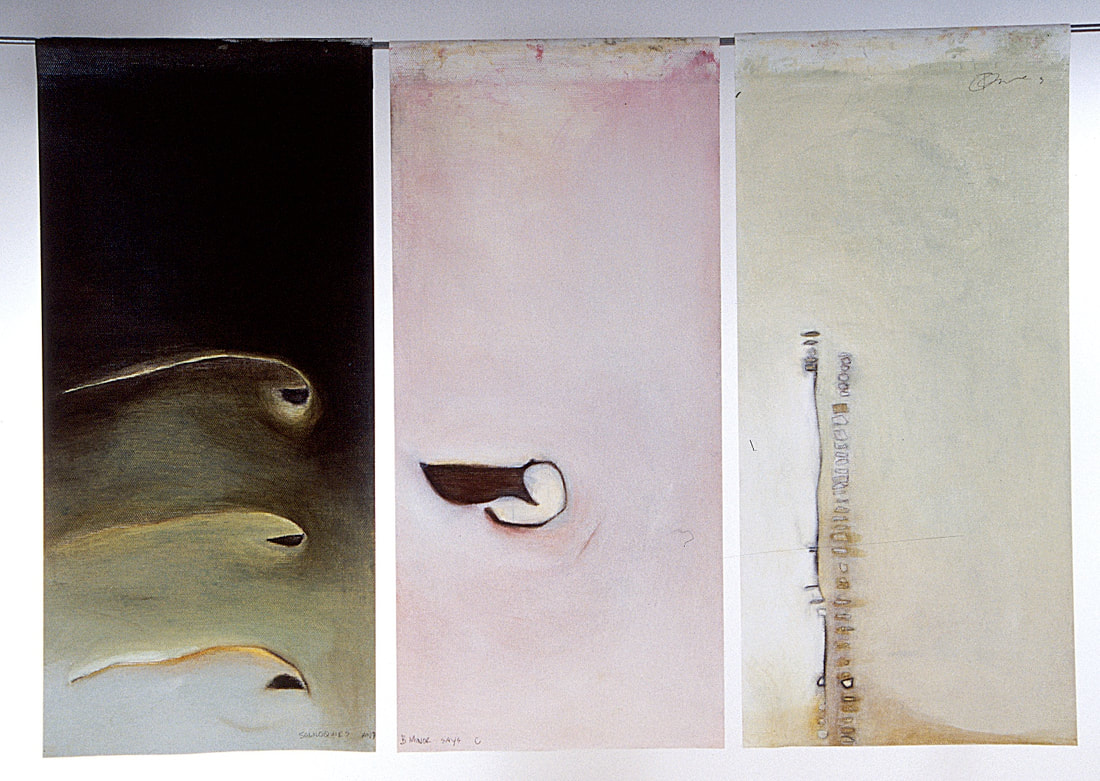
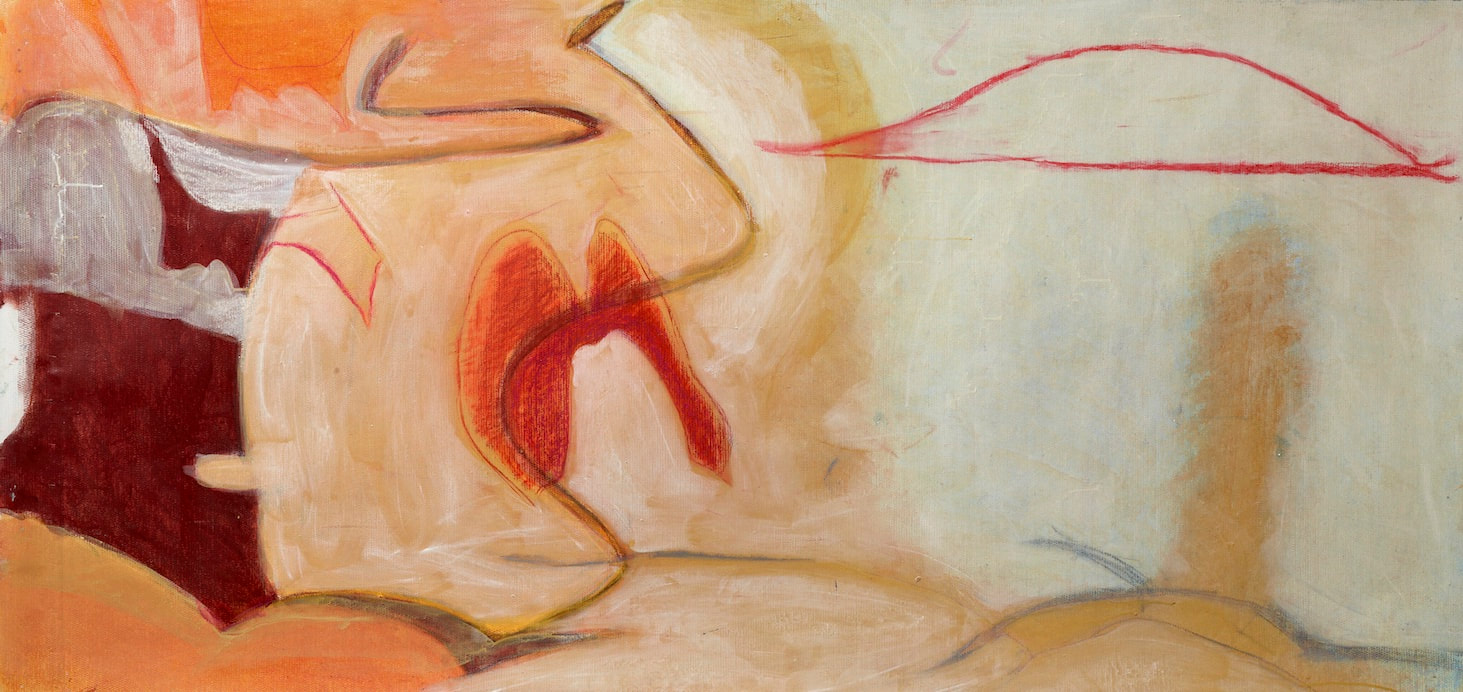
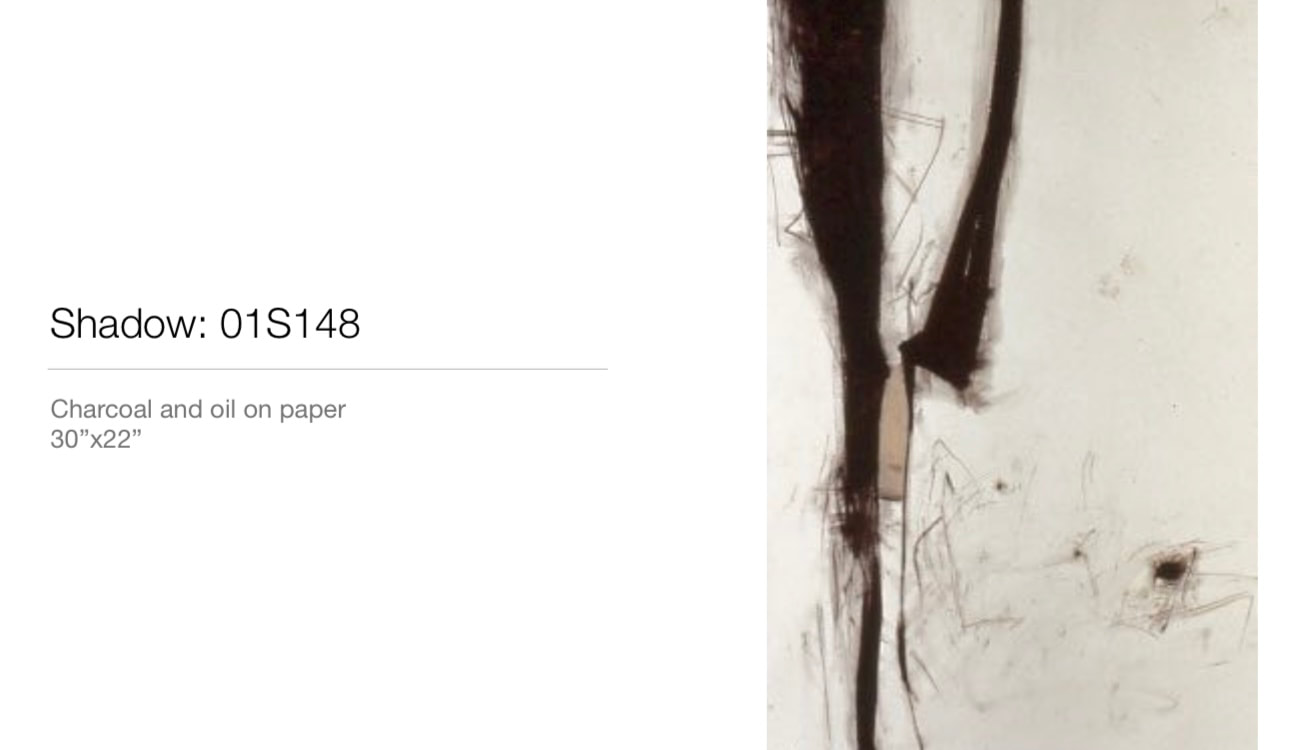
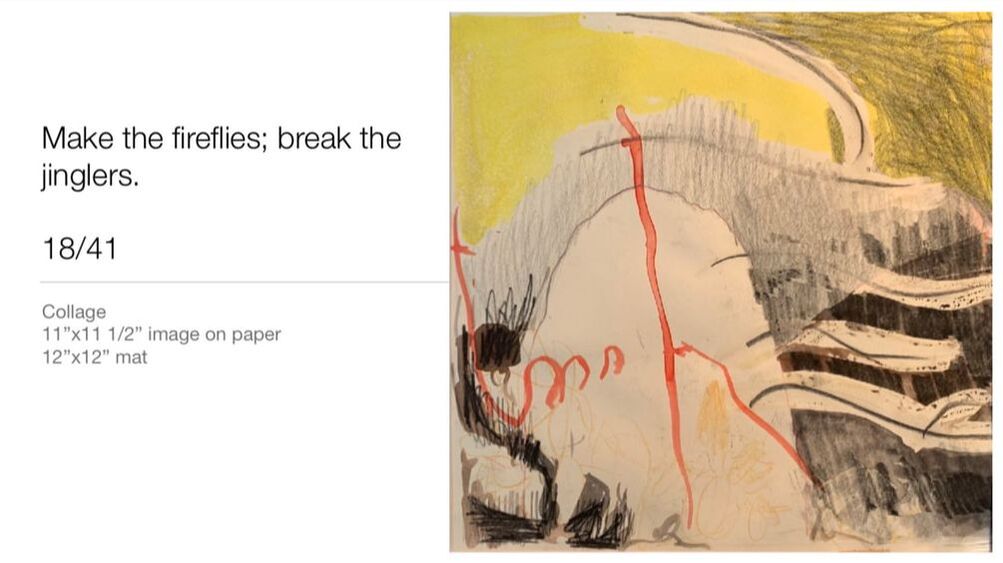
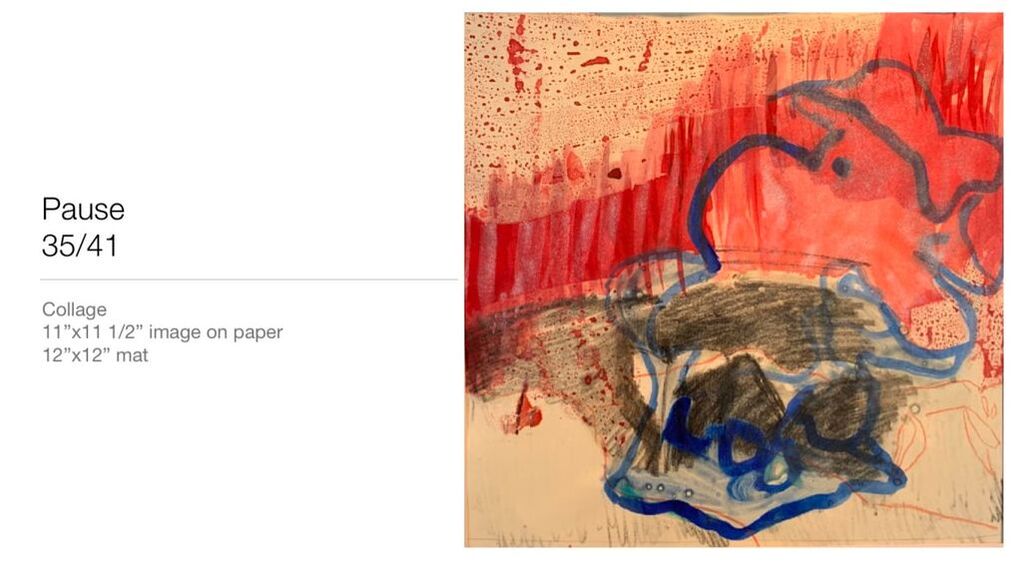
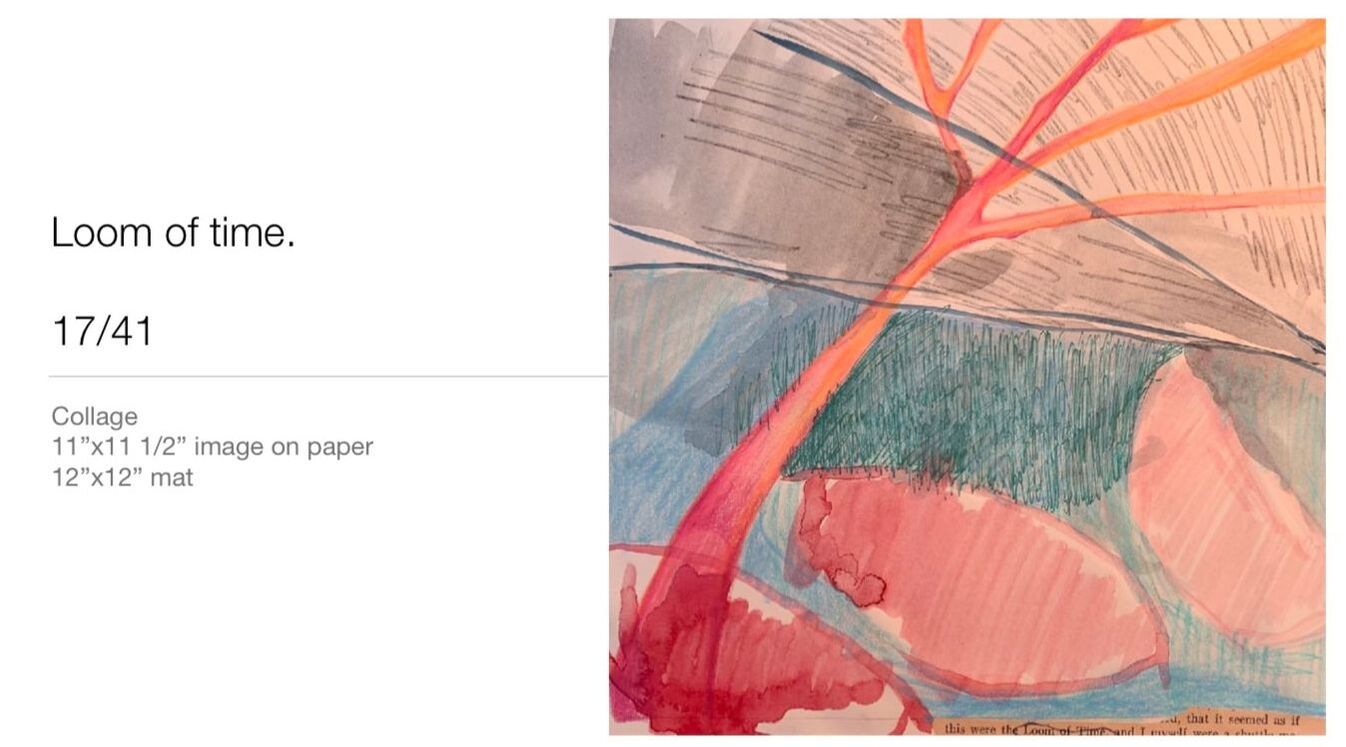
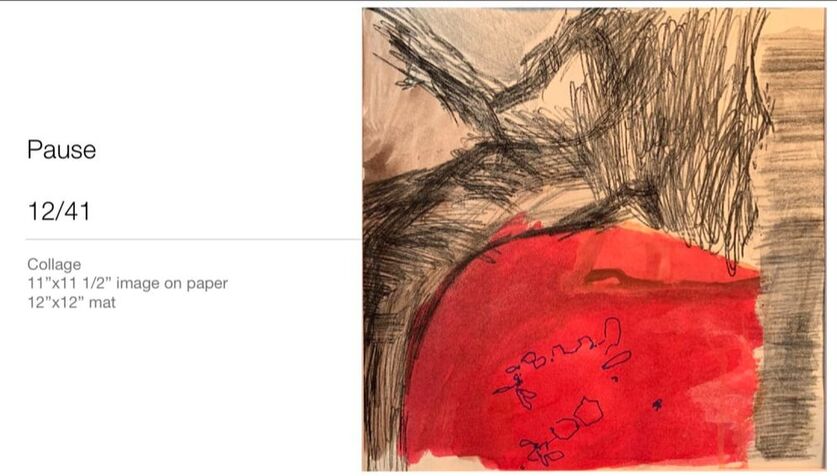
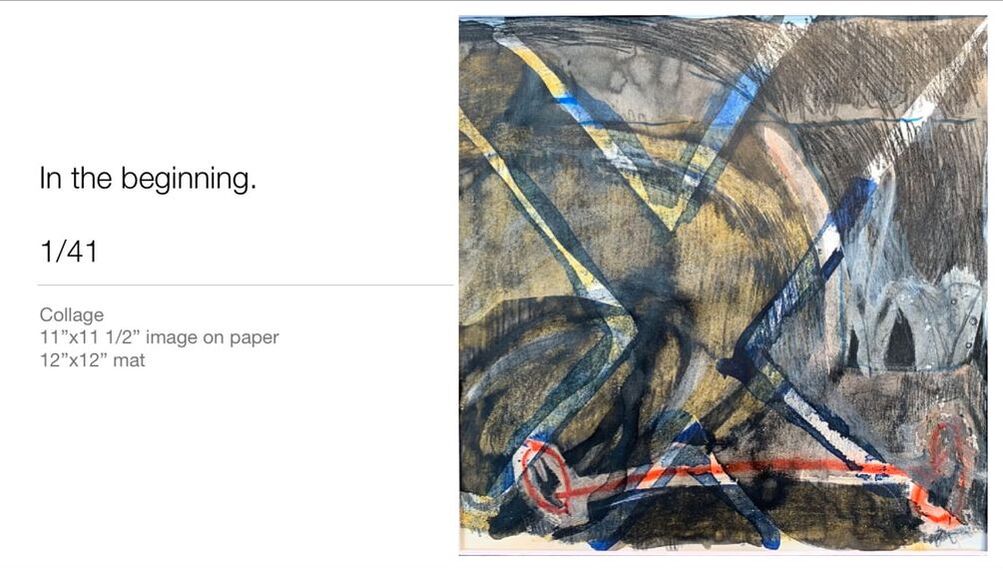

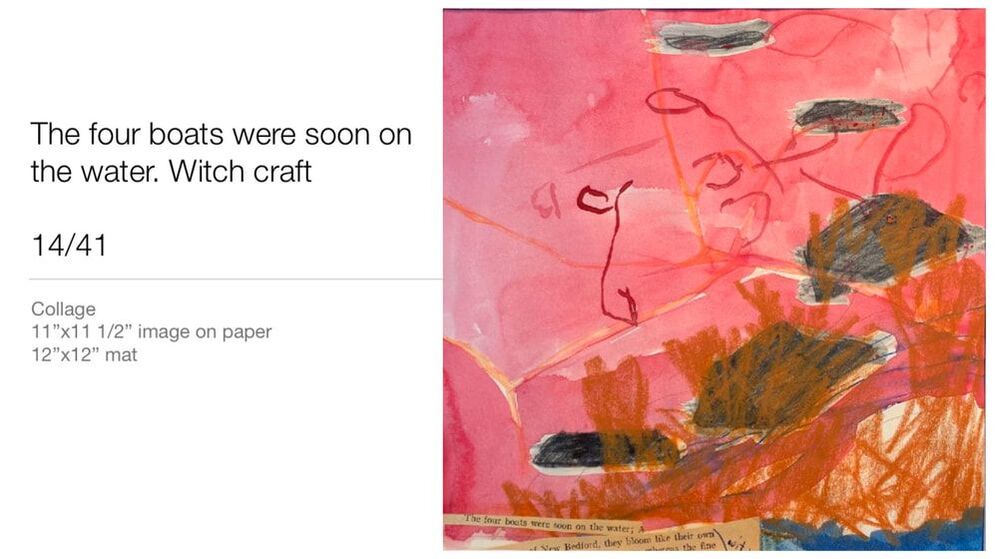
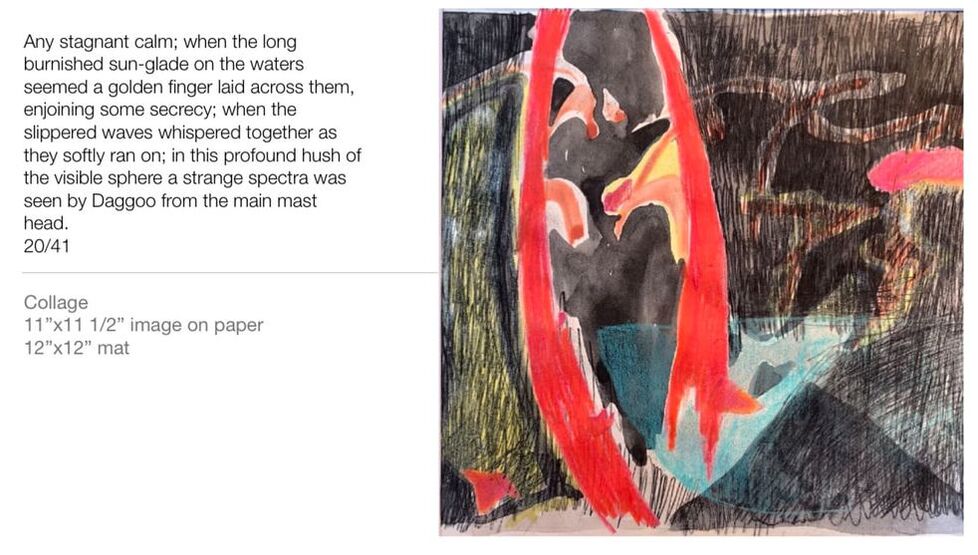
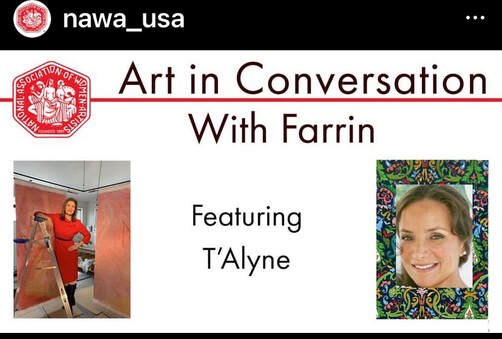
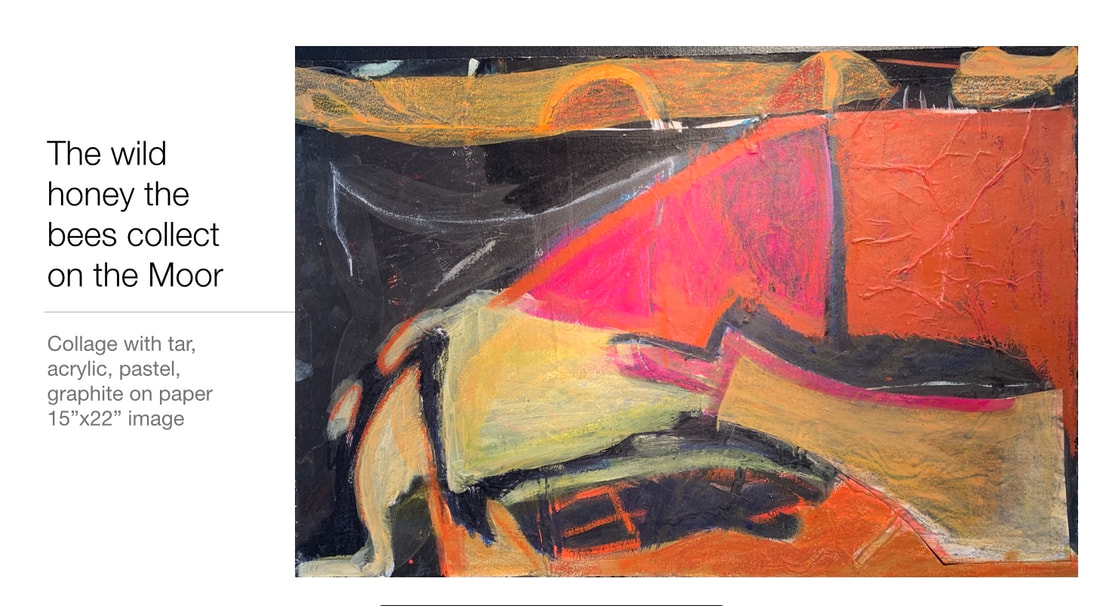
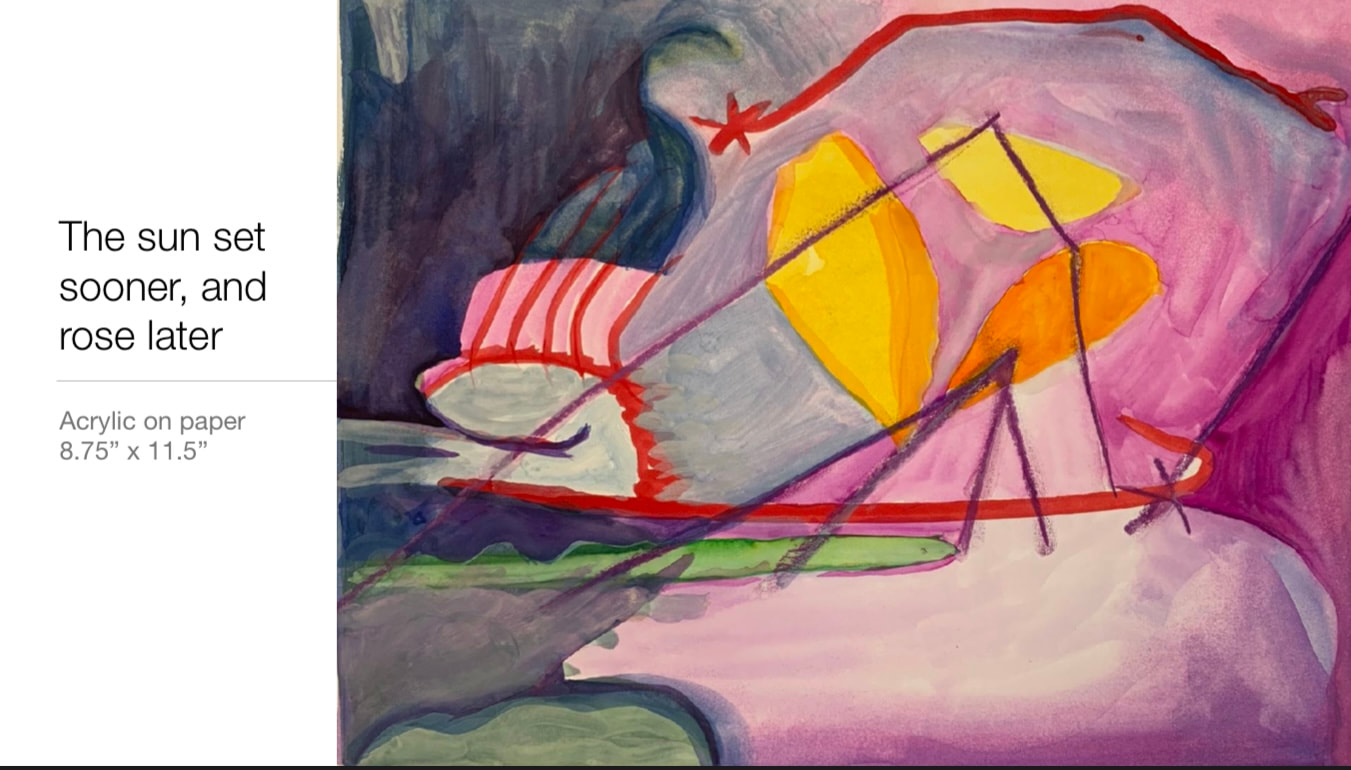
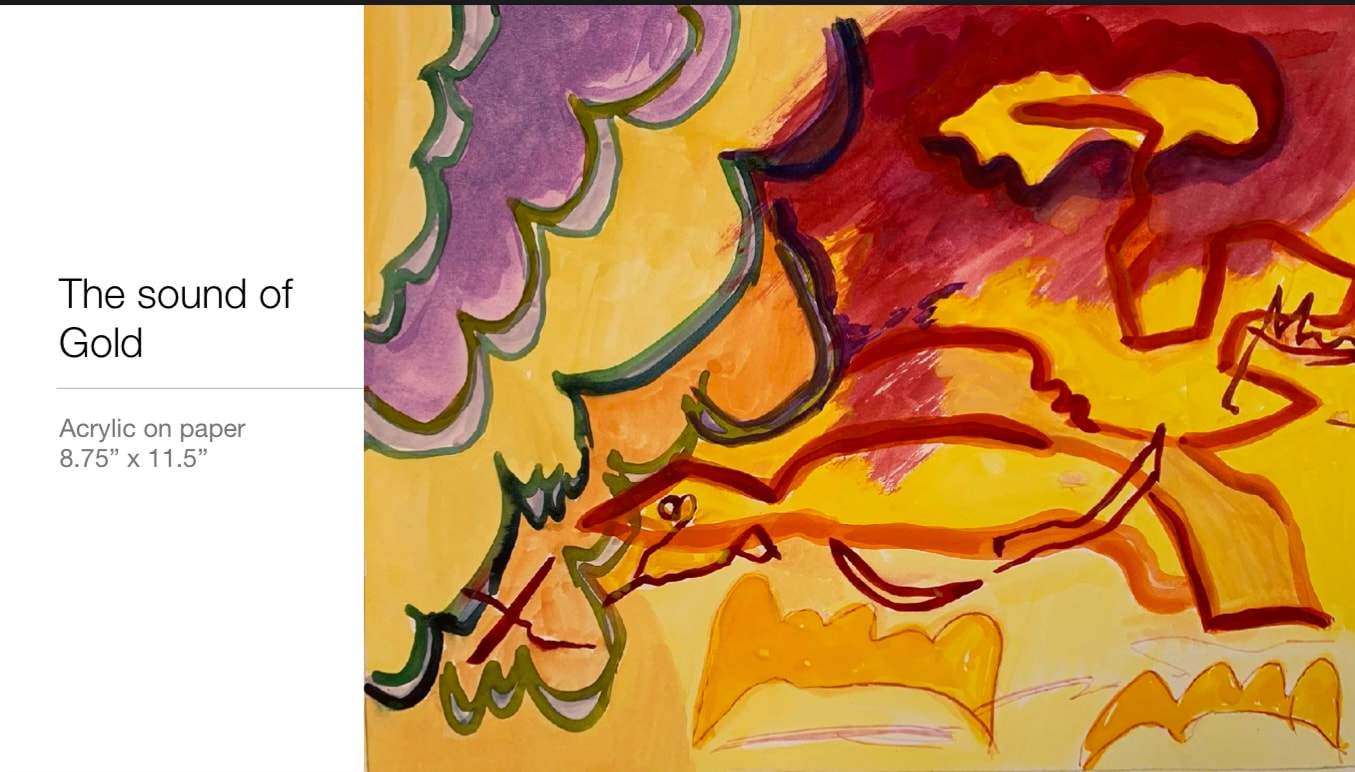
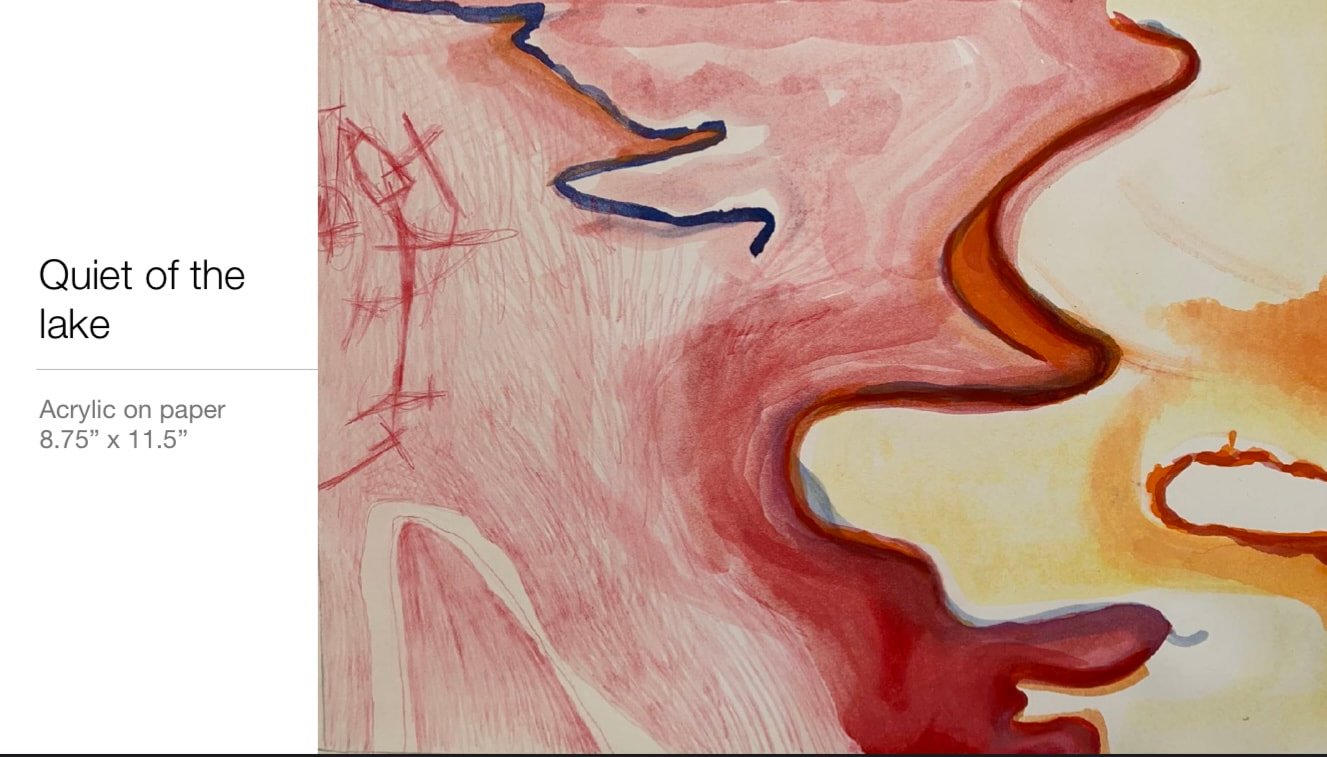
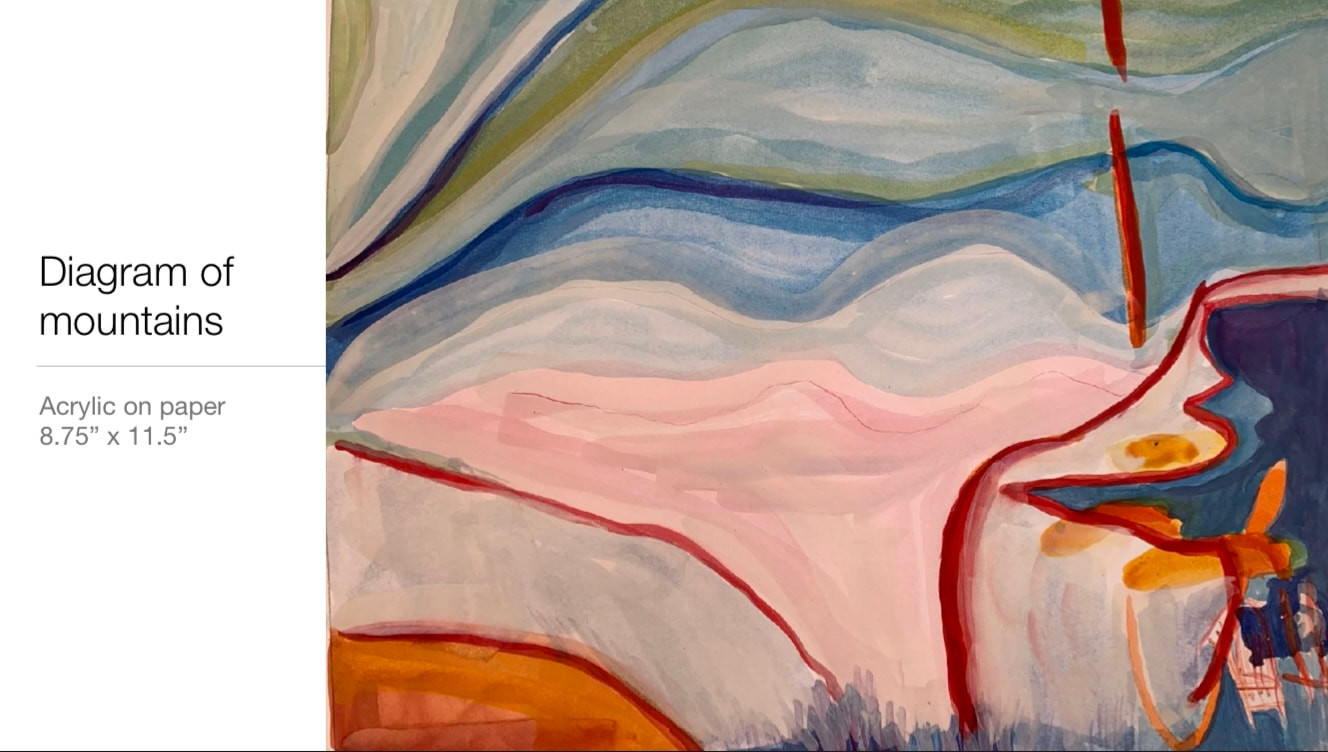


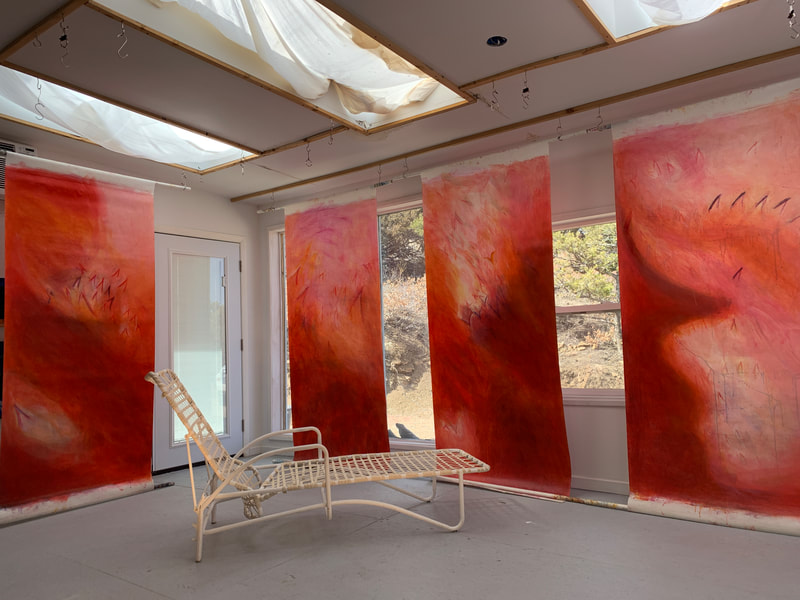
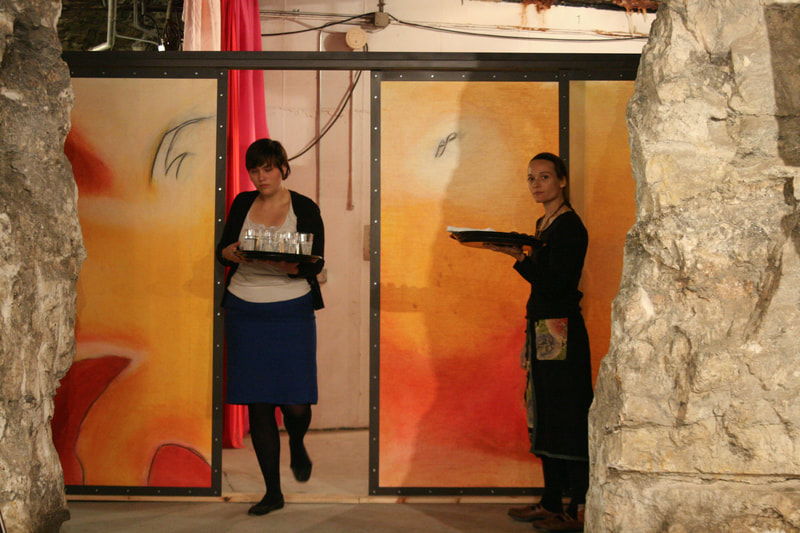
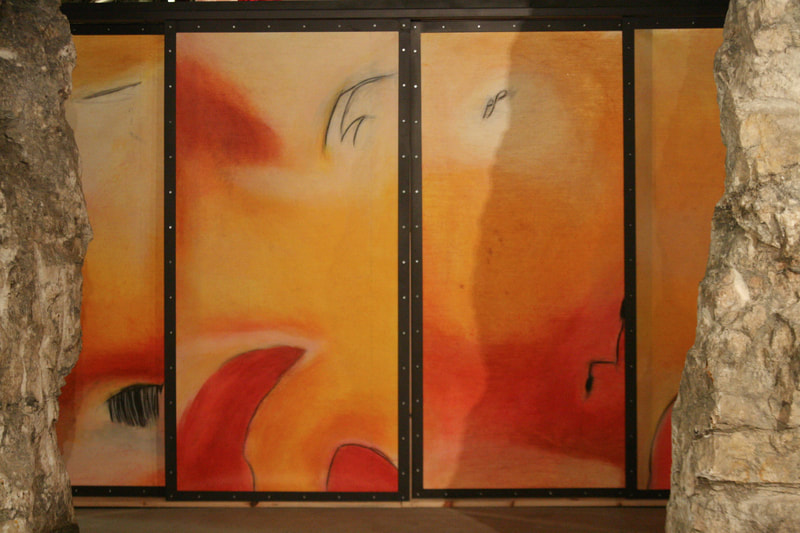
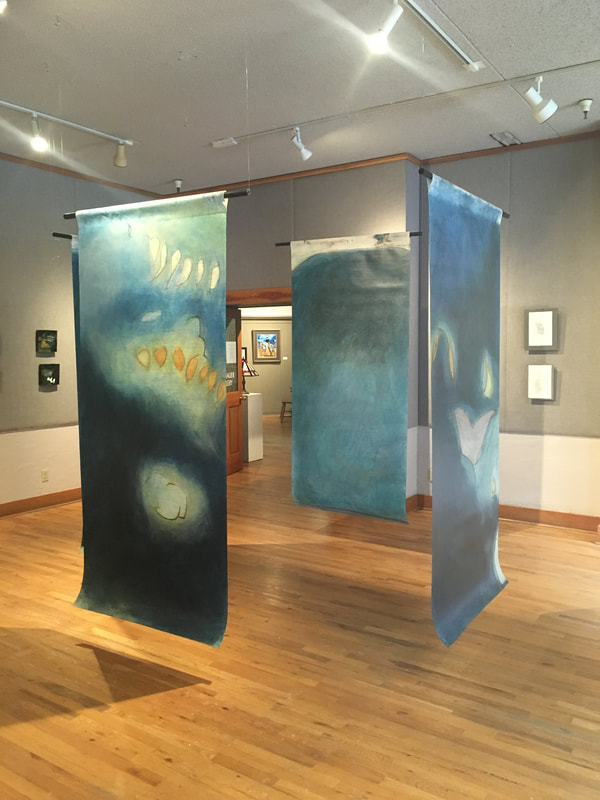
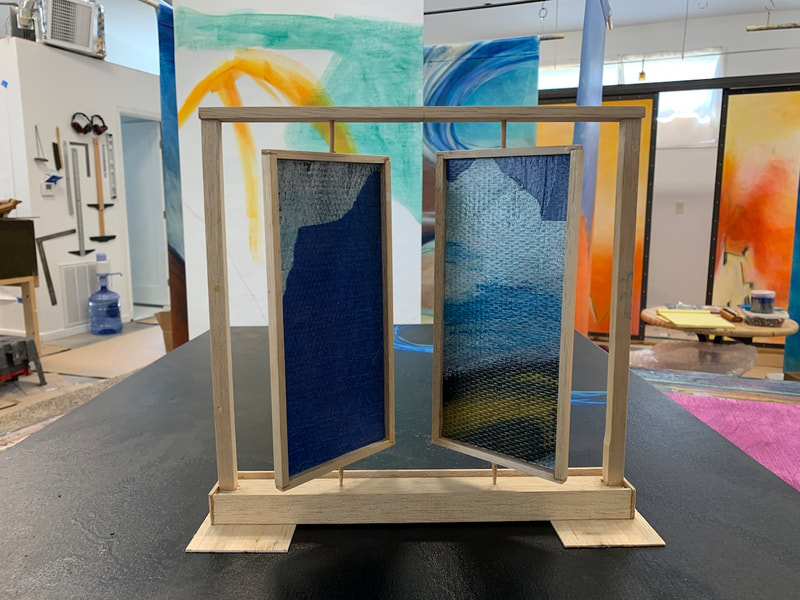
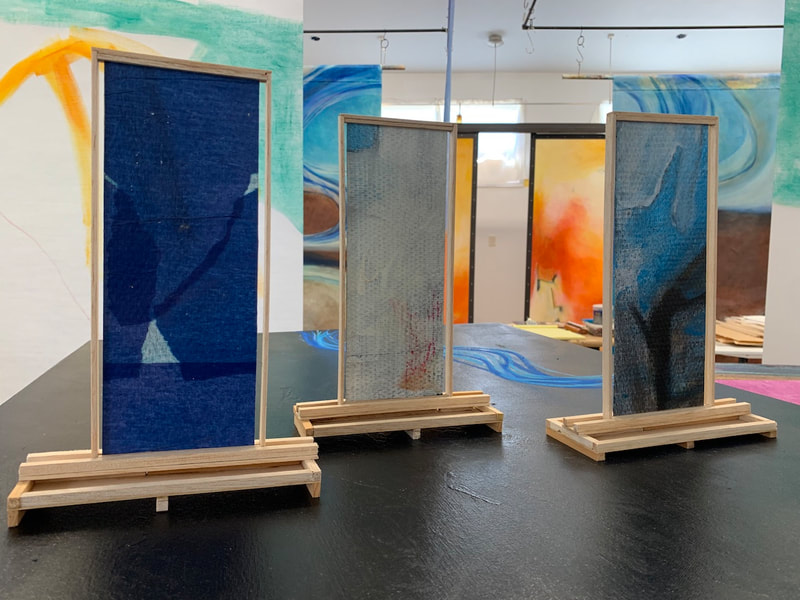
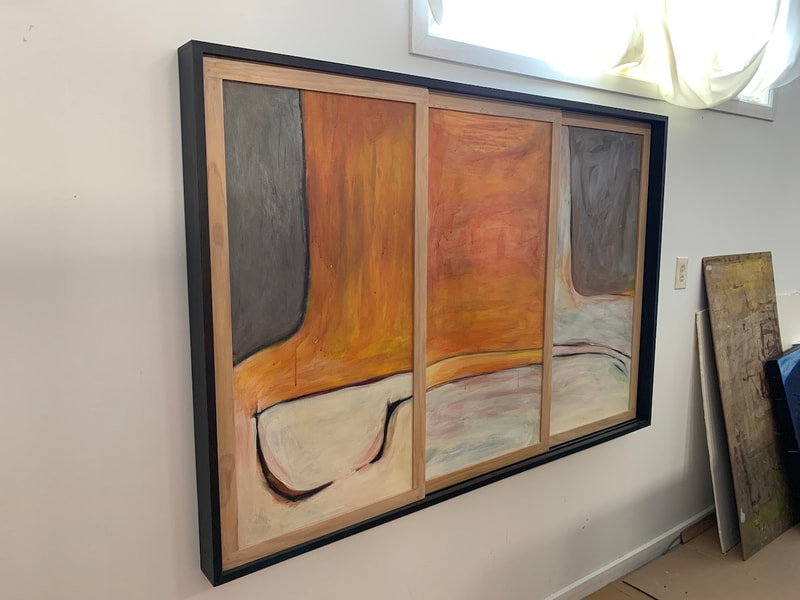
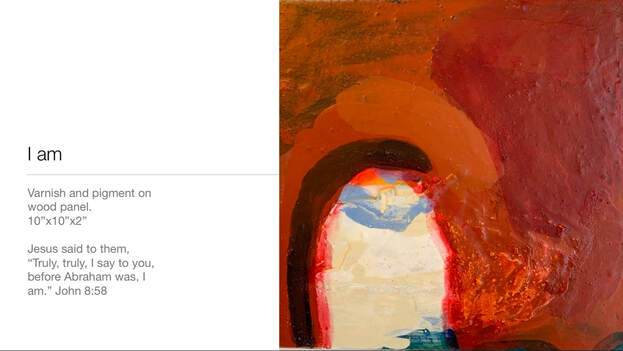

 RSS Feed
RSS Feed
